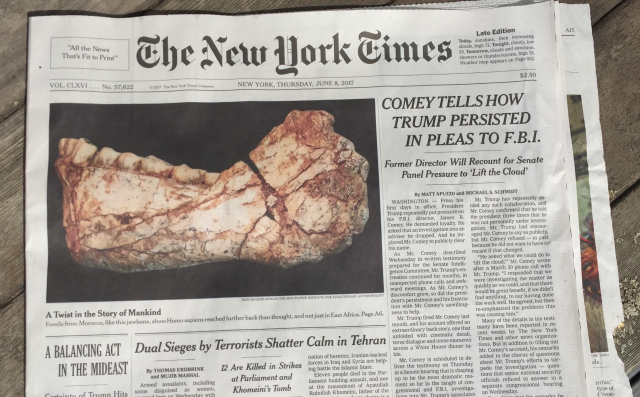Aspen Institute, June 25, 2017
What is CRISPR and why is it important for the average American to know about it?
CRISPR is a technology for rewriting DNA. Scientists discovered a natural version of CRISPR in bacteria, which use it to attack viruses by garbling their genes. They then tinkered with the molecules until they could make changes to the DNA in just about any organism, be it a fly, a tomato, or a human. Genetic engineering is nothing new — scientists started making controlled changes to DNA in the 1970s — but until now, the technology has been crude. CRISPR, on the other hand, is quick, versatile, fairly precise, and cheap.
